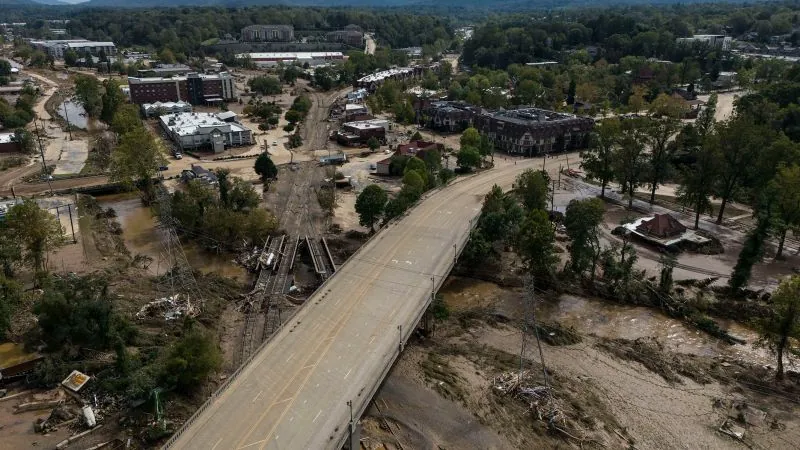
Alarming Decline in Youth Mental Health on Southern Vancouver Island: New Survey Reveals Shocking Trends
2024-10-02
Introduction
The McCreary Centre Society has unveiled the South Vancouver Island findings from the 2023 B.C. Adolescent Health Survey, which delves into the well-being of students in grades 7 to 12. The results have raised serious concerns about the declining mental health of young people in the region.
Key Findings
While the majority of the youth on Southern Vancouver Island reported their overall health and mental health as positive, there is a notable downward trend compared to previous years. Only 58% of young people rated their mental health as good or excellent in 2023, a significant drop from 71% in 2018 and a staggering 80% in 2013.
Anxiety Disorders
Moreover, the survey revealed that over a quarter of these youths reported experiencing an anxiety disorder—a figure that surpasses the provincial rate, which is also calculated at 22%. Compounding the issue, 20% of young people indicated that anxiety prevented them from participating in extracurricular activities.
Impact of COVID-19
Annie Smith, the executive director of McCreary, emphasized the survey's relevance as the first since the COVID-19 pandemic, aptly illustrating the pandemic's enduring impact on youth. “We have observed a concerning trend across the province, with fewer youth reporting positive mental health and a rise in those grappling with mental health difficulties,” she stated. Alarmingly, approximately 25% of students missed school in the past month due to mental health challenges.
Supportive Adults
Despite the grim findings, the survey did highlight a silver lining: the availability of supportive adults. Around 75% of youth reported having an adult within their family to turn to in times of need—an increase from 71% in 2018. Additionally, 37% had access to an adult outside of their family compared to 31% four years earlier. Smith noted, “Having supportive adults can significantly protect youth, which is uplifting given that the majority have at least one person to rely on during crises. Furthermore, most young people have someone to assist them with important tasks like getting to appointments, college applications, or job seeking.”
Survey Methodology
This year’s B.C. Adolescent Health Survey engaged around 38,500 youth aged 12 to 19 from 59 out of 60 school districts in British Columbia, ensuring that the data gathered is representative of a staggering 98% of students in mainstream public schools. The survey was designed based on consultations with young people, parents, and other experts in youth health, highlighting the pressing need for targeted interventions to support the mental well-being of adolescents.
Conclusion
As the numbers worsen, the question remains: what can be done to reverse this troubling trend and ensure a brighter future for the youth of Southern Vancouver Island?









 Brasil (PT)
Brasil (PT)
 Canada (EN)
Canada (EN)
 Chile (ES)
Chile (ES)
 España (ES)
España (ES)
 France (FR)
France (FR)
 Hong Kong (EN)
Hong Kong (EN)
 Italia (IT)
Italia (IT)
 日本 (JA)
日本 (JA)
 Magyarország (HU)
Magyarország (HU)
 Norge (NO)
Norge (NO)
 Polska (PL)
Polska (PL)
 Schweiz (DE)
Schweiz (DE)
 Singapore (EN)
Singapore (EN)
 Sverige (SV)
Sverige (SV)
 Suomi (FI)
Suomi (FI)
 Türkiye (TR)
Türkiye (TR)